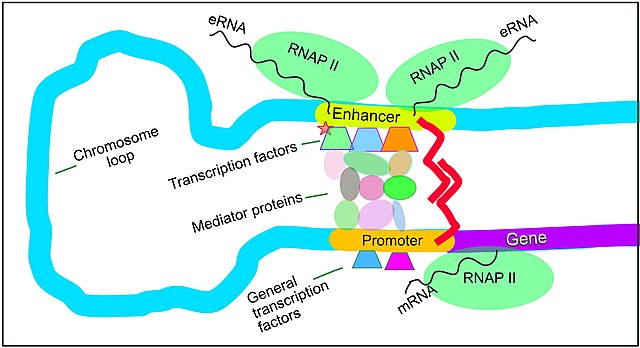A sigma factor is a protein needed for initiation of transcription in bacteria. It is a bacterial transcription initiation factor that enables specific binding of RNA polymerase (RNAP) to gene promoters. It is homologous to archaeal transcription factor B and to eukaryotic factor TFIIB. The specific sigma factor used to initiate transcription of a given gene will vary, depending on the gene and on the environmental signals needed to initiate transcription of that gene. Selection of promoters by RNA polymerase is dependent on the sigma factor that associates with it. They are also found in plant chloroplasts as a part of the bacteria-like plastid-encoded polymerase (PEP).
Crystal structure of Thermus aquaticus RNA polymerase sigma subunit fragment containing regions 1.2 to 3.1
Crystal structure of a sigma70 subunit fragment from Escherichia coli RNA polymerase
Solution structure of sigma70 region 3 from Thermotoga maritima
Solution structure of sigma70 region 4 from Thermotoga maritima
Transcription is the process of copying a segment of DNA into RNA. The segments of DNA transcribed into RNA molecules that can encode proteins produce messenger RNA (mRNA). Other segments of DNA are transcribed into RNA molecules called non-coding RNAs (ncRNAs).
Regulation of transcription in mammals. An active enhancer regulatory region of DNA is enabled to interact with the promoter DNA region of its target gene by the formation of a chromosome loop. This can initiate messenger RNA (mRNA) synthesis by RNA polymerase II (RNAP II) bound to the promoter at the transcription start site of the gene. The loop is stabilized by one architectural protein anchored to the enhancer and one anchored to the promoter and these proteins are joined to form a dimer (red zigzags). Specific regulatory
Electron micrograph of transcription of ribosomal RNA. The forming ribosomal RNA strands are visible as branches from the main DNA strand.[citation needed]
Scheme of reverse transcription







